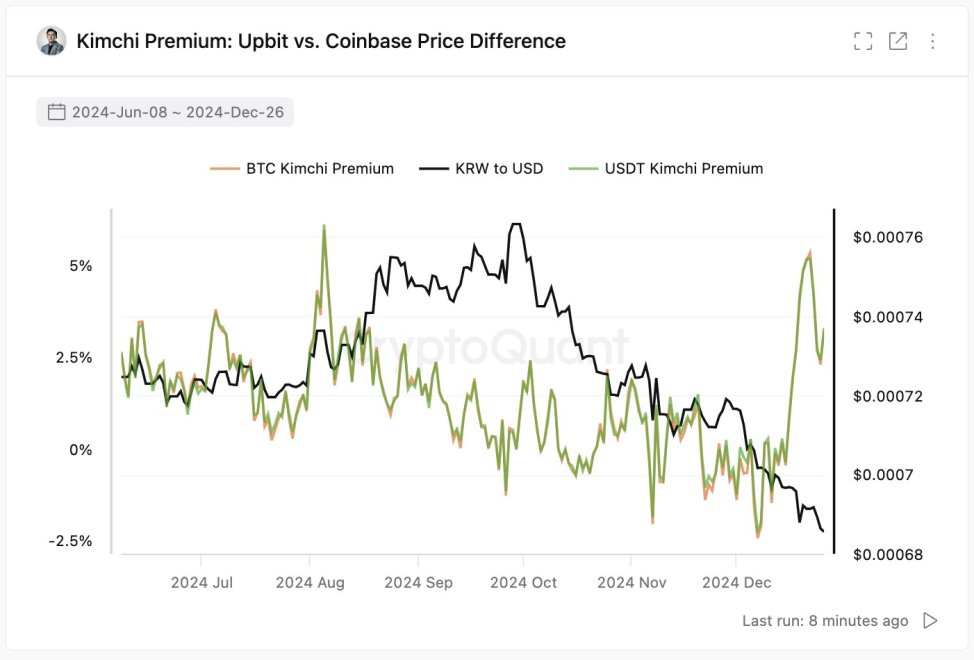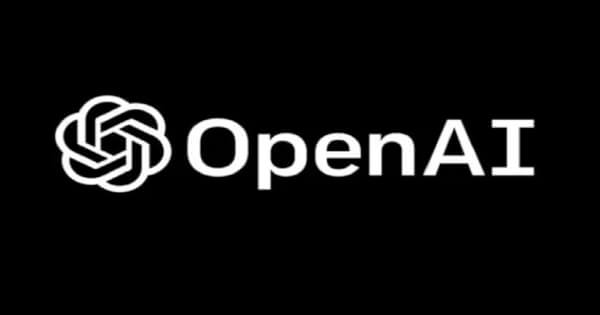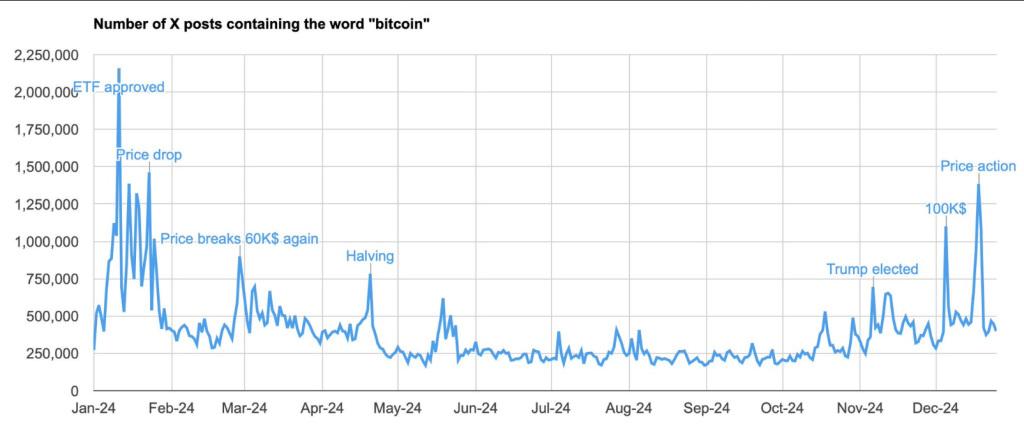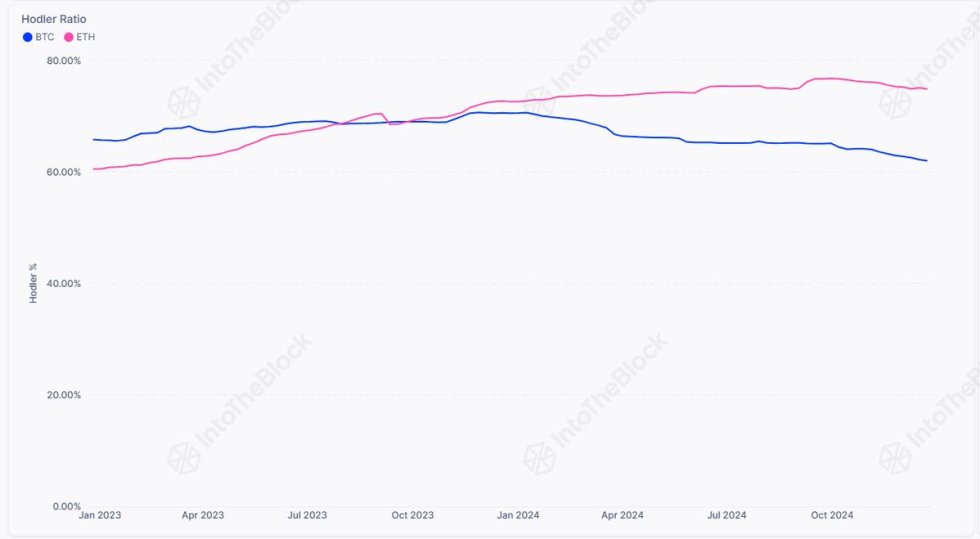On-chain solutions
Block size increase
The bigger the block, the more transactions it can carry. Block size was recently increased by 8KB to 72KB (a 12.5% increase); further increases will be applied over time based on ongoing system monitoring and overall network health.
Pipelining
Improves block propagation times by coalescing validation and propagation. The goal is for blocks to be propagated to at least 95% of peers within five seconds by reducing the ‘dead time’ between blocks (the block propagation overhead). This provides the headroom to make more aggressive scaling changes, such as increasing block size/increasing Plutus parameter limits.
Input Endorsers
Input endorsers improve block propagation times and throughput by allowing transactions to be separated into pre-constructed blocks. This improves the consistency of block propagation times and allows higher transaction rates.
Memory /CPU parameters for Plutus
Memory usage is more efficient across the chain. Specifically, there are memory improvements in Unspent Transaction Output (UTXO) handling, stake distribution, live stake distribution and pools, and hash representation.
Plutus script enhancements
Even more effective usage of the powerful EUTXO model through smart contract optimization, including:
- Reference inputs (CIP-0031) – Plutus scripts can inspect transaction inputs without needing to spend them. This means that it is not necessary to create UTXOs simply to inspect the information held by an input.
- Plutus Datums (CIP-0032) – Datums can be attached directly to outputs instead of datum hashes. This simplifies how datums are used, as a user can see the actual datum rather than having to supply the datum that matches the given hash.
- Script sharing (CIP-0033) – Plutus script references can be associated with transaction outputs, meaning that they can be recorded on-chain for subsequent reuse. It will not be necessary to supply a copy of the script with each transaction, hugely reducing friction for developers. Reusing scripts in multiple transactions significantly reduces transaction sizes, improving throughput and reducing script execution costs.
Node enhancements
Improvements will help even distribution of stake and reward computations across the epochs, thus providing greater headroom for block size increases. Also, memory usage is now more efficient. Memory compaction reduces RSS footprint, and memory sharing means we need less data instantiated. Node version 1.3.3, from January 2022, reduces peak load at critical points, including the epoch boundary.
On-disk storage
By storing portions of the protocol state on disk, nodes will need to hold less in memory, meaning that RAM-constrained systems will be able to run nodes provided they have sufficient storage, and memory will no longer be a bottleneck on scalability. This will enable significant growth in the blockchain state.
Off-chain solutions
Sidechains
A sidechain is a separate blockchain connected to a main blockchain (the 'main' chain, also known as parent chain), through a two-way mechanism (the 'bridge') that enables tokens and other digital assets from one chain to be used in another and results returned to the original chain. Assets can be moved between chains as needed. One single parent chain can have multiple interoperable sidechains connected to it, which may operate in completely different ways. EVM sidechains coming to Cardano include dcSpark’s Milkomeda and IOG’s Mamba.
Hydra
Introduces isomorphic state channels to maximize throughput, minimize latency, incur low to no costs, and greatly reduce storage requirements. Hydra provides a more efficient means to process transactions off-chain while using the main-chain ledger as the secure settlement layer.
Off-chain computing
Offloading some of the computation, for example with Asynchronous Contract Execution (ACE) can drive greater core network efficiency. Transactions occur outside of the blockchain itself, yet can offer fast, cheap transactions via a trust model.
Mithril
To achieve greater scalability, you need to address the complexity of critical operations that depend logarithmically on the number of participants. Mithril will improve chain synchronization while maintaining trust. The result? Multi-signature aggregation that is fast and efficient without compromising security features.
TL;DR: All this summarized in one pic
Source: https://iohk.io/en/blog/posts/2022/01/14/how-we-re-scaling-cardano-in-2022/
Bonus: Plutus is basically Haskell which is native smart contract language for the Cardano blockchain. Plutus contracts consist of parts that run on the blockchain (on-chain code) and parts that run on a user’s machine (off-chain or client code). Both the on-chain and off-chain code are written in Haskell, and Plutus smart contracts are effectively Haskell programs.
[link] [comments]

You can get bonuses upto $100 FREE BONUS when you:
💰 Install these recommended apps:
💲 SocialGood - 100% Crypto Back on Everyday Shopping
💲 xPortal - The DeFi For The Next Billion
💲 CryptoTab Browser - Lightweight, fast, and ready to mine!
💰 Register on these recommended exchanges:
🟡 Binance🟡 Bitfinex🟡 Bitmart🟡 Bittrex🟡 Bitget
🟡 CoinEx🟡 Crypto.com🟡 Gate.io🟡 Huobi🟡 Kucoin.




















Comments